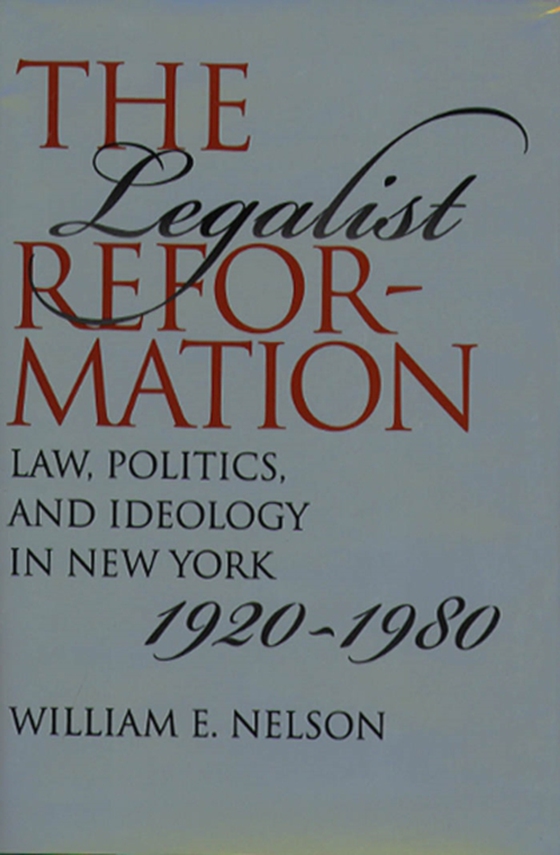
Legalist Reformation e-bog
302,96 DKK
(inkl. moms 378,70 DKK)
Based on a detailed examination of New York case law, this pathbreaking book shows how law, politics, and ideology in the state changed in tandem between 1920 and 1980. Early twentieth-century New York was the scene of intense struggle between white, Anglo-Saxon, Protestant upper and middle classes located primarily in the upstate region and the impoverished, mainly Jewish and Roman Catholic, i...
E-bog
302,96 DKK
Udgivet
14 januar 2003
Længde
472 sider
Genrer
1KBBEY
Sprog
English
Format
pdf
Beskyttelse
LCP
ISBN
9780807875568
Based on a detailed examination of New York case law, this pathbreaking book shows how law, politics, and ideology in the state changed in tandem between 1920 and 1980. Early twentieth-century New York was the scene of intense struggle between white, Anglo-Saxon, Protestant upper and middle classes located primarily in the upstate region and the impoverished, mainly Jewish and Roman Catholic, immigrant underclass centered in New York City. Beginning in the 1920s, however, judges such as Benjamin N. Cardozo, Henry J. Friendly, Learned Hand, and Harlan Fiske Stone used law to facilitate the entry of the underclass into the economic and social mainstream and to promote tolerance among all New Yorkers.Ultimately, says William Nelson, a new legal ideology was created. By the late 1930s, New Yorkers had begun to reconceptualize social conflict not along class lines but in terms of the power of majorities and the rights of minorities. In the process, they constructed a new approach to law and politics. Though doctrinal change began to slow by the 1960s, the main ambitions of the legalist reformation--liberty, equality, human dignity, and entrepreneurial opportunity--remain the aspirations of nearly all Americans, and of much of the rest of the world, today. American Historical Review"e;Drawing on a beautifully detailed study of thousands of court opinions and life in New York, William Nelson reveals how twentieth century common law jurists brought together the diverse racial, ethnic, and religious factions in the state.--Harvard Law Review"e;Nelson's vision is expansive, his research prodigious, his analysis insightful, and his achievement impressive. . . . This fresh research is scholarship of the first order, in itself a major contribution.--Journal of American History"e;Nowhere is the concept of the law as an evolving, dynamic, and progressive force in modern American society better espoused than in this seminal, exhaustive piece of legal and historical research.--Library JournalBased on a detailed examination of New York case law, The Legalist Reformation traces the efforts of citizens of diverse racial, ethnic, and religious backgrounds to live together in the state during the past century. William Nelson argues that the most powerful instrument facilitating these efforts has been the law of New York--law proclaimed largely by judges such as Benjamin N. Cardozo, Henry J. Friendly, and Learned Hand rather than by legislators or federal officials. Furthermore, the legal ideology outlined by New York jurists has become a standard for justice worldwide among diverse cultures whose people, like New Yorkers, are striving to coexist. --><br><br>
 Dansk
Dansk

